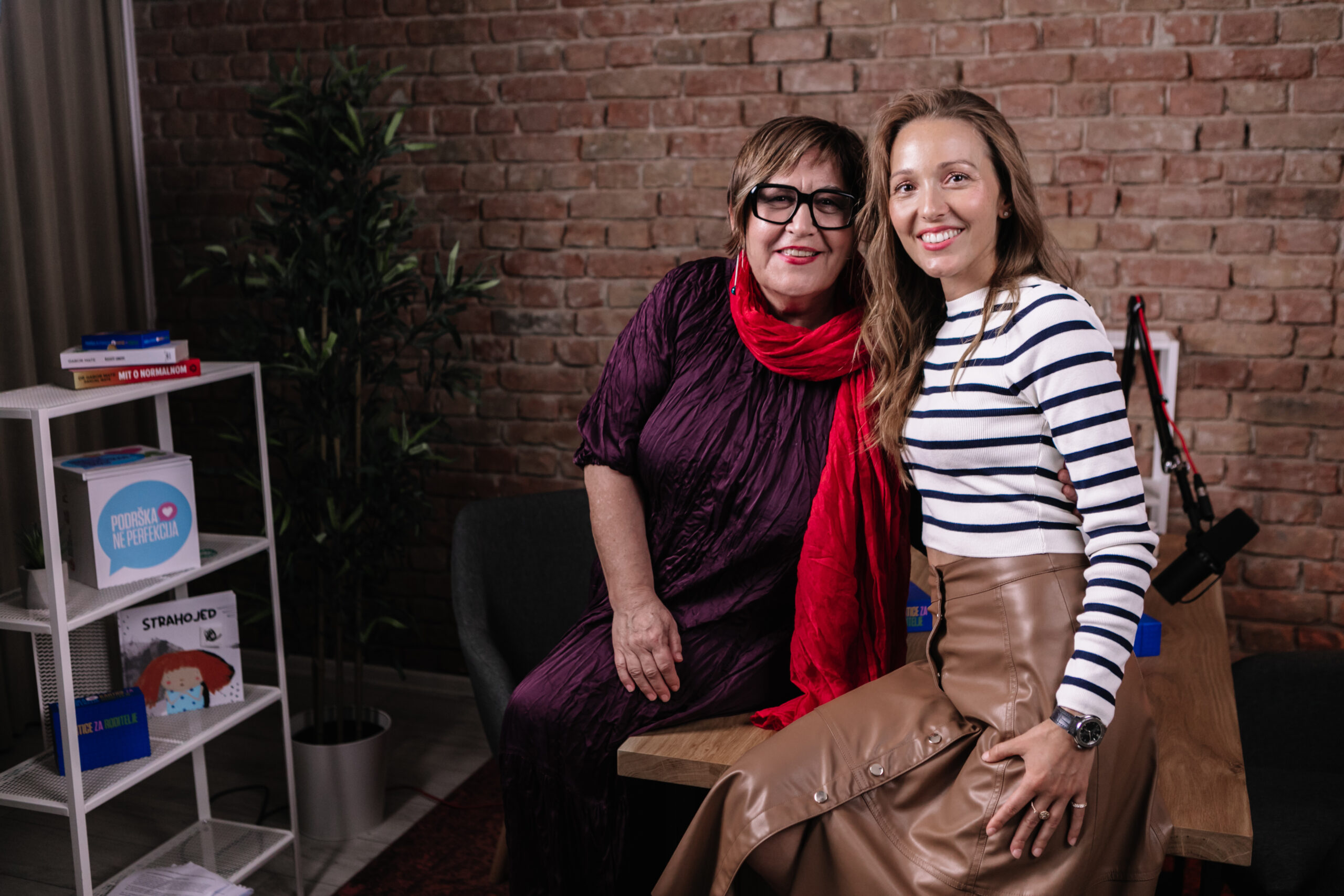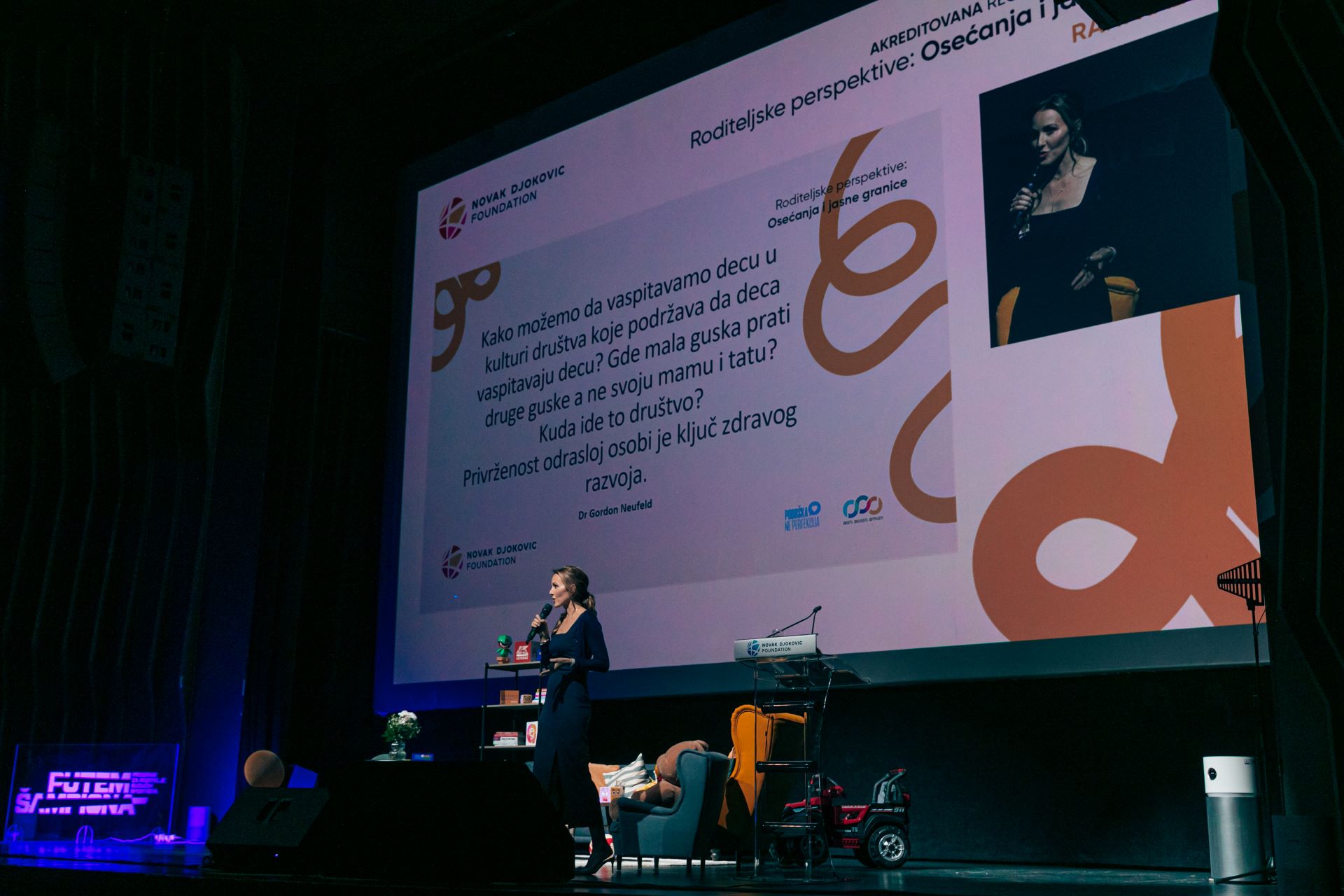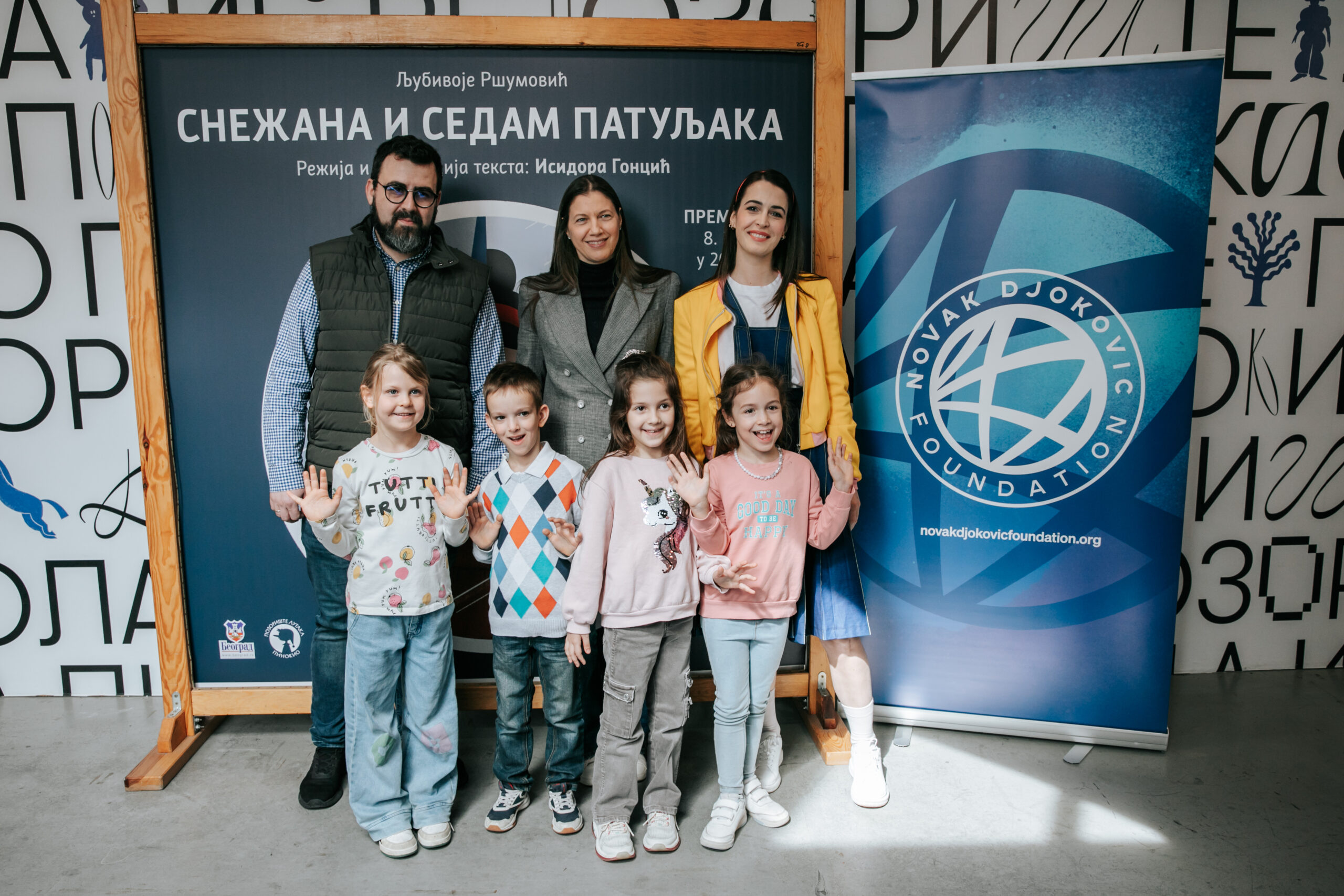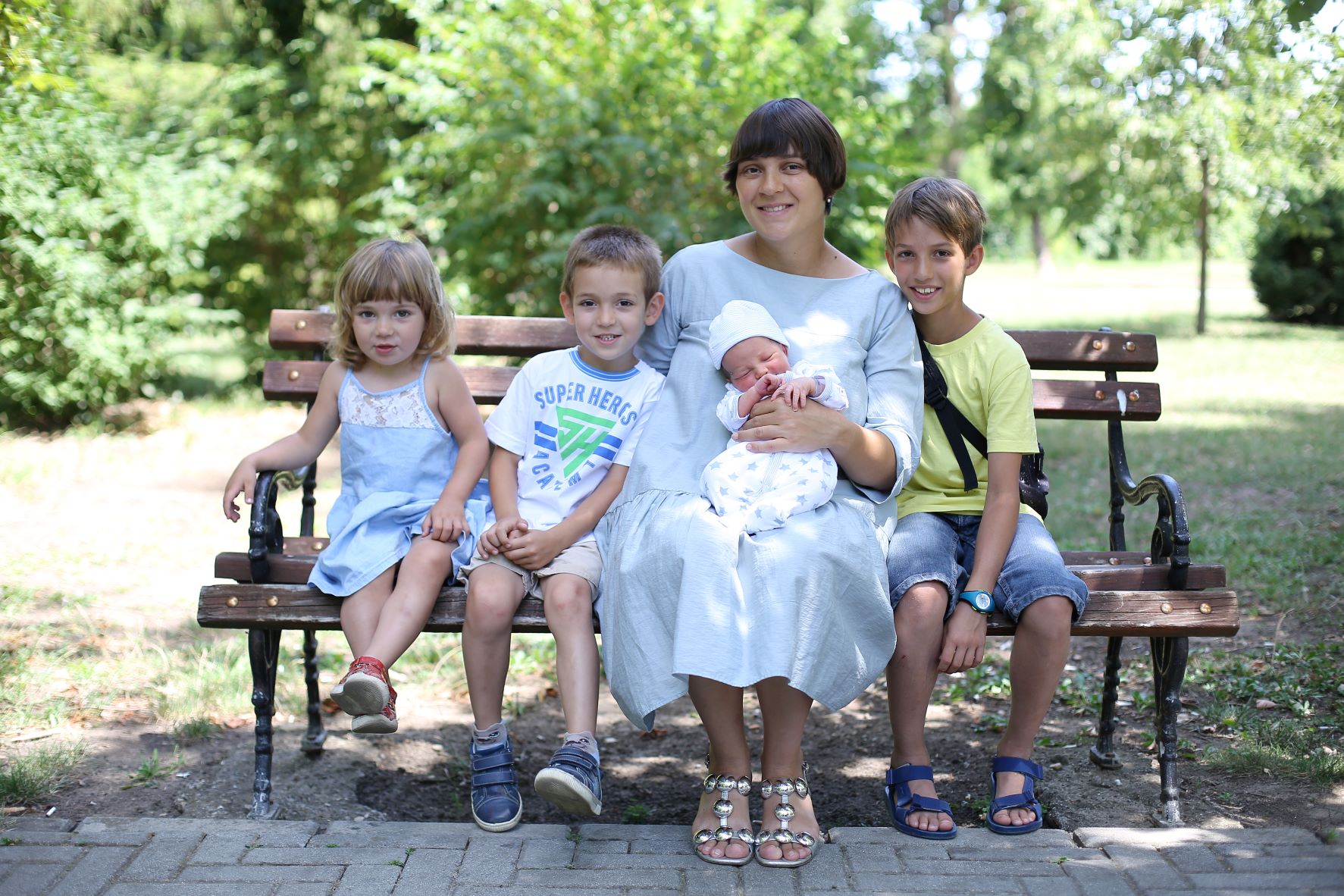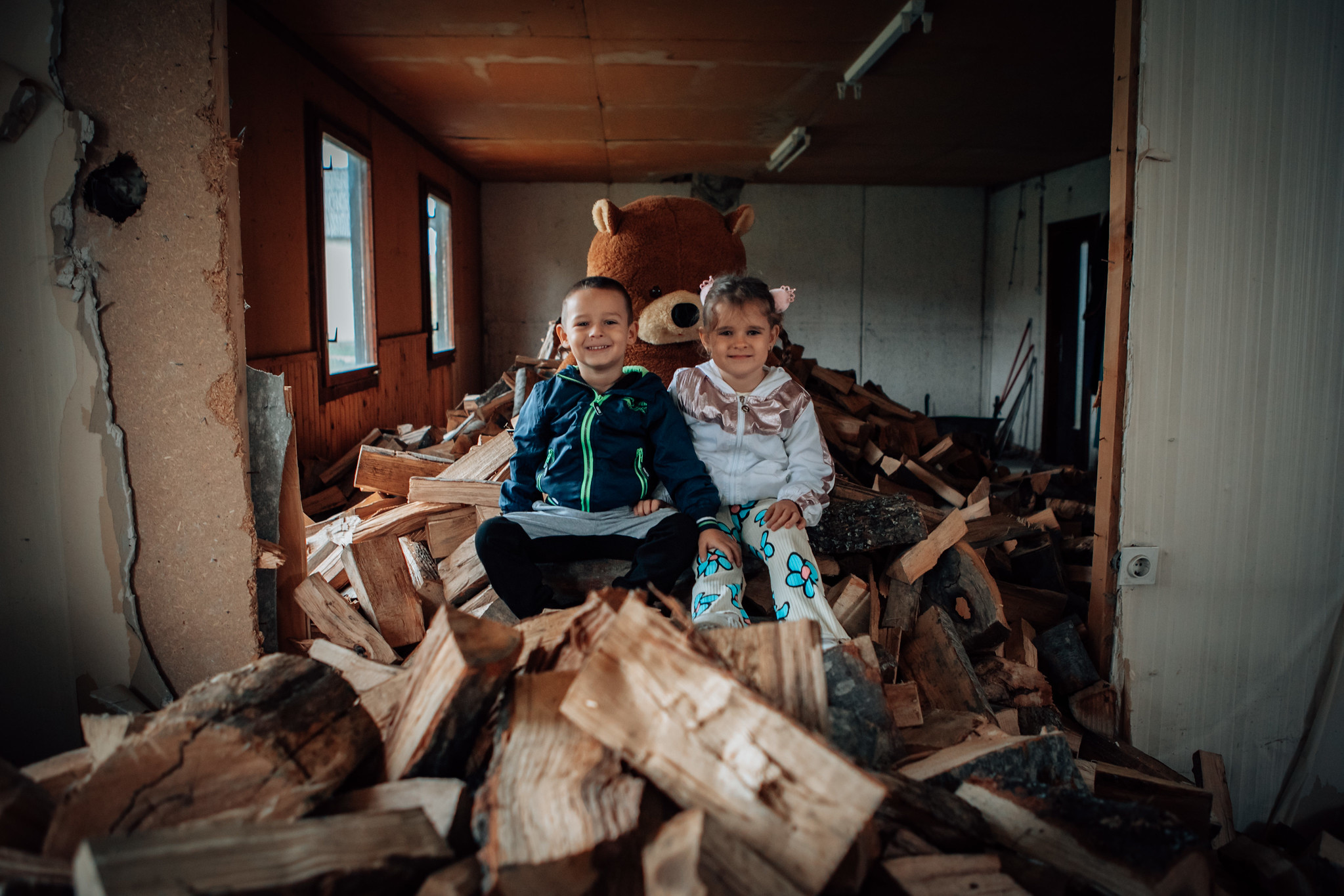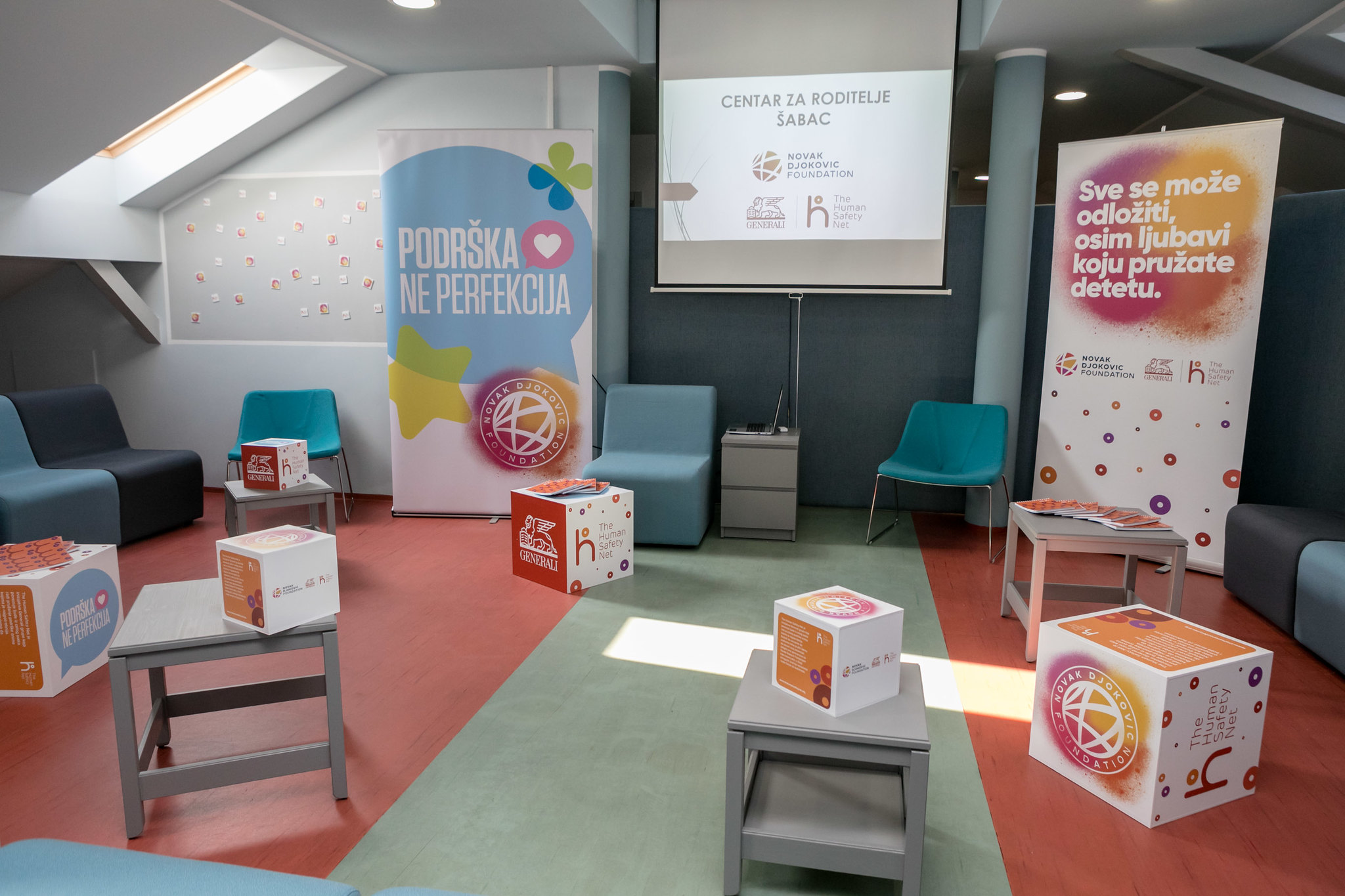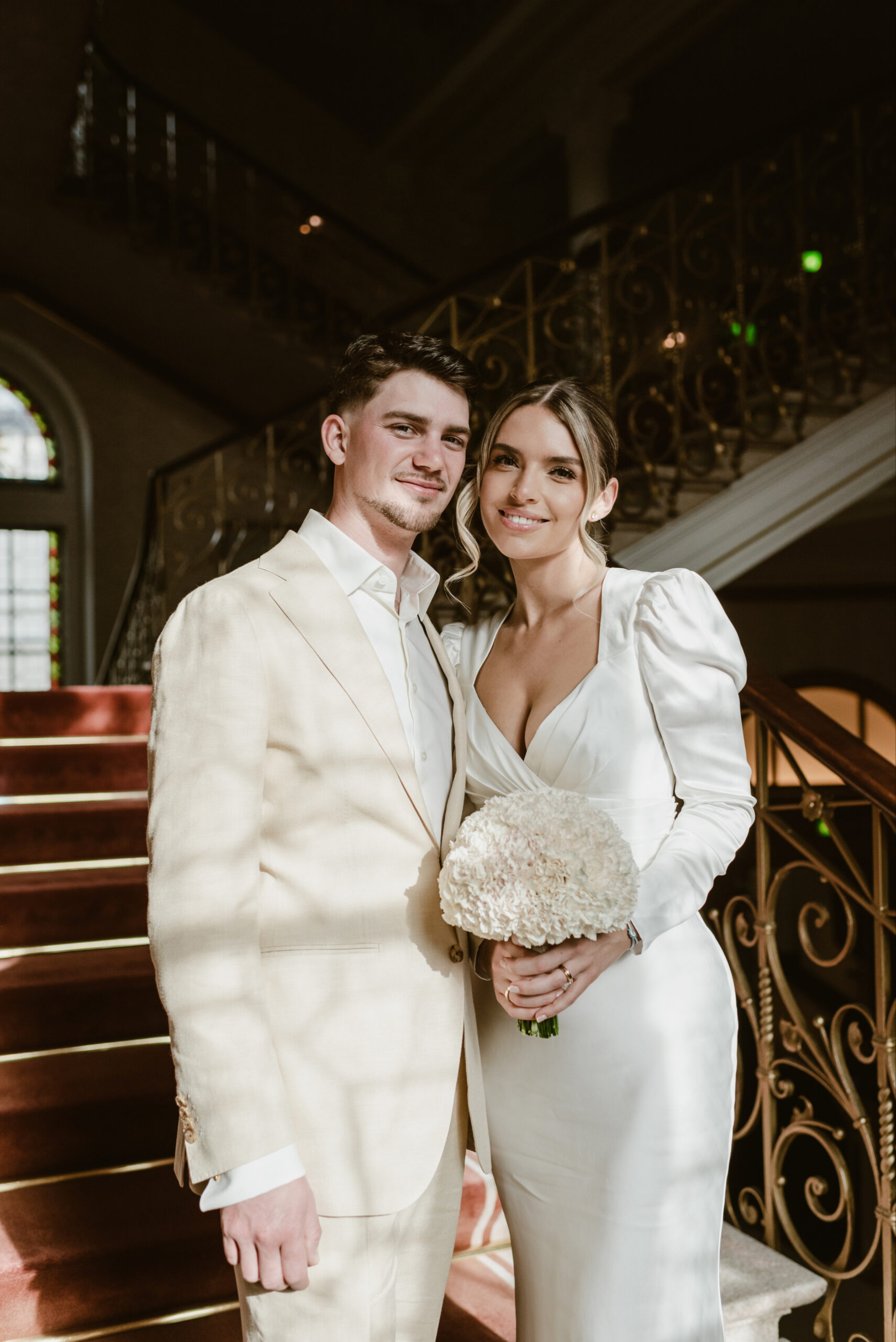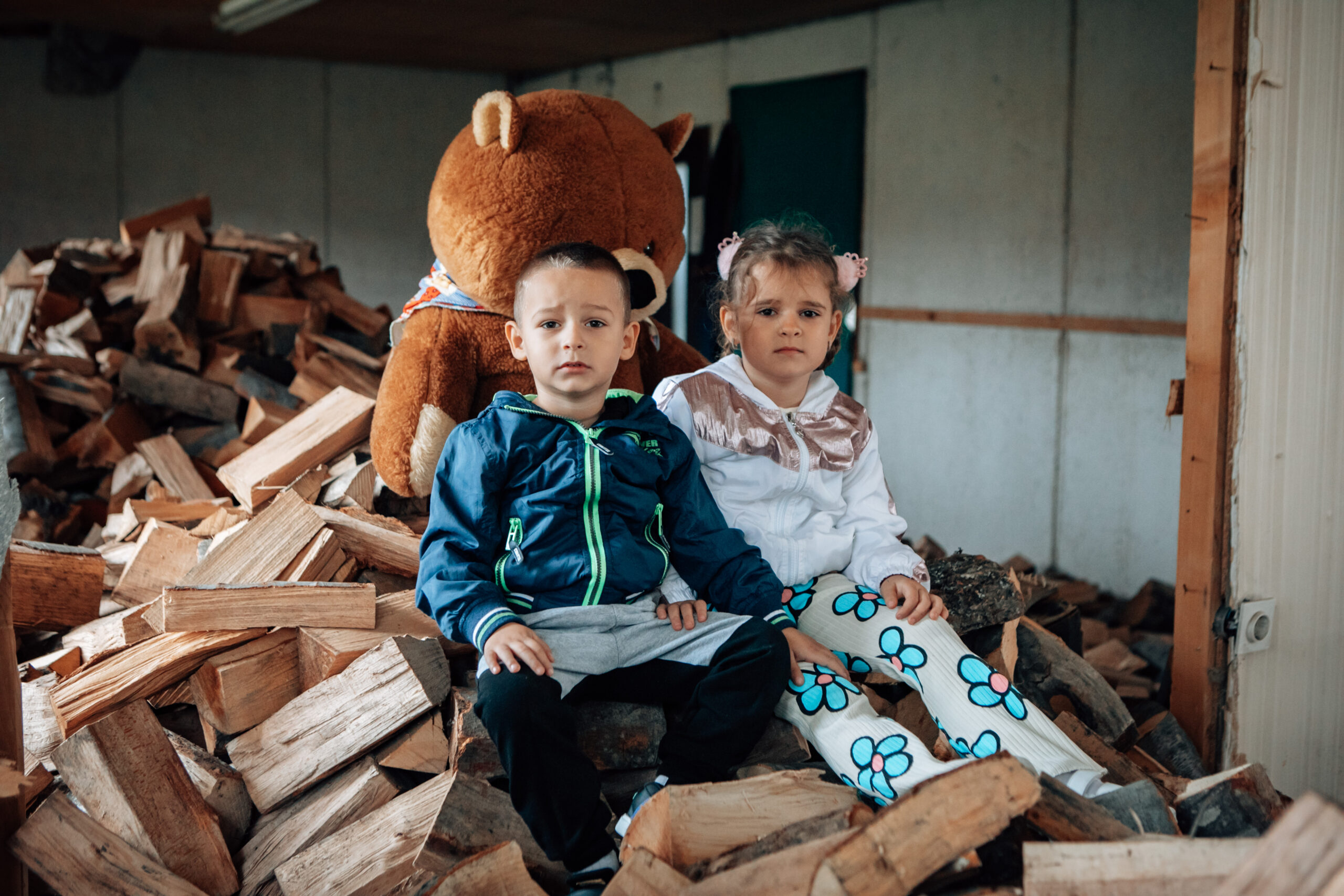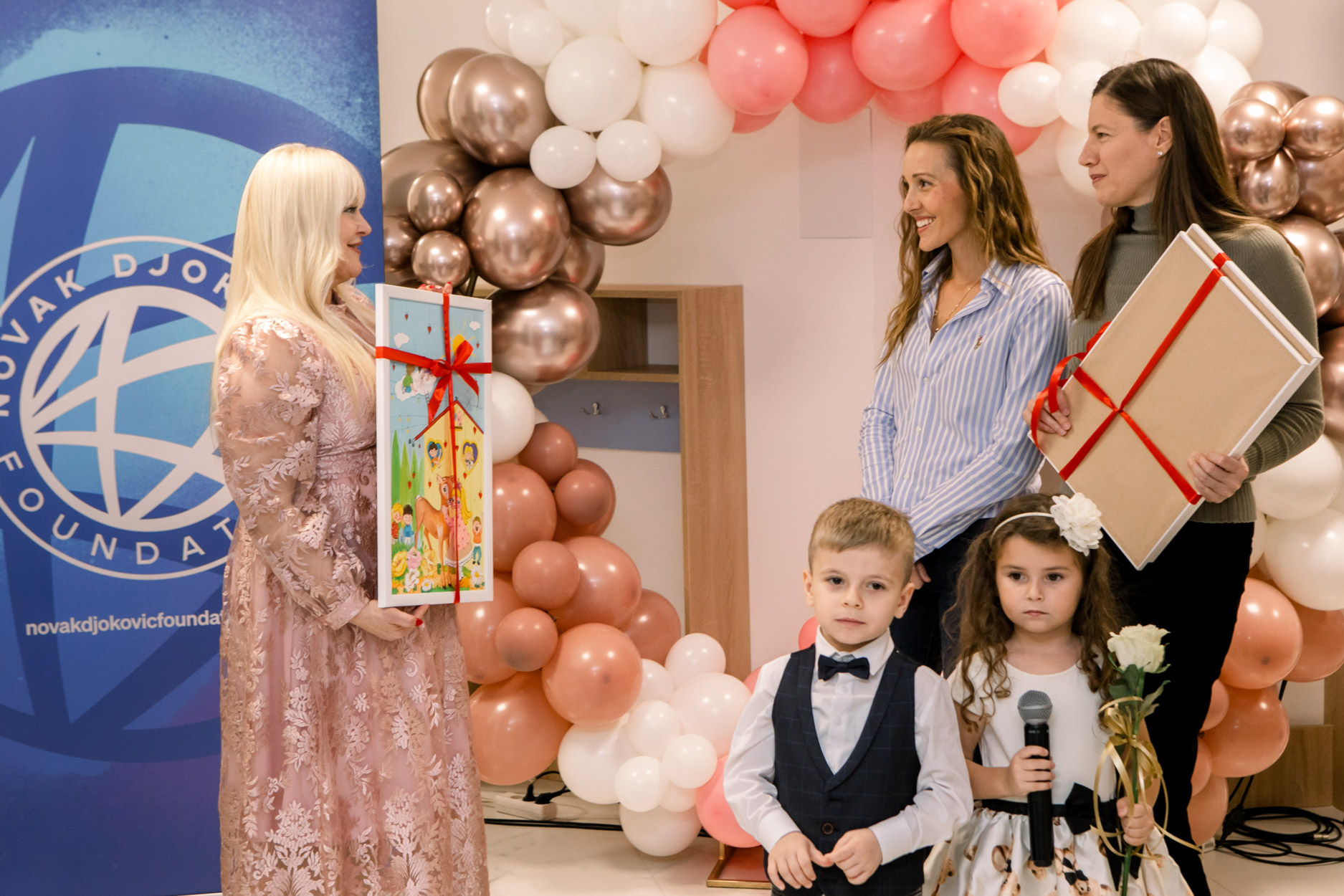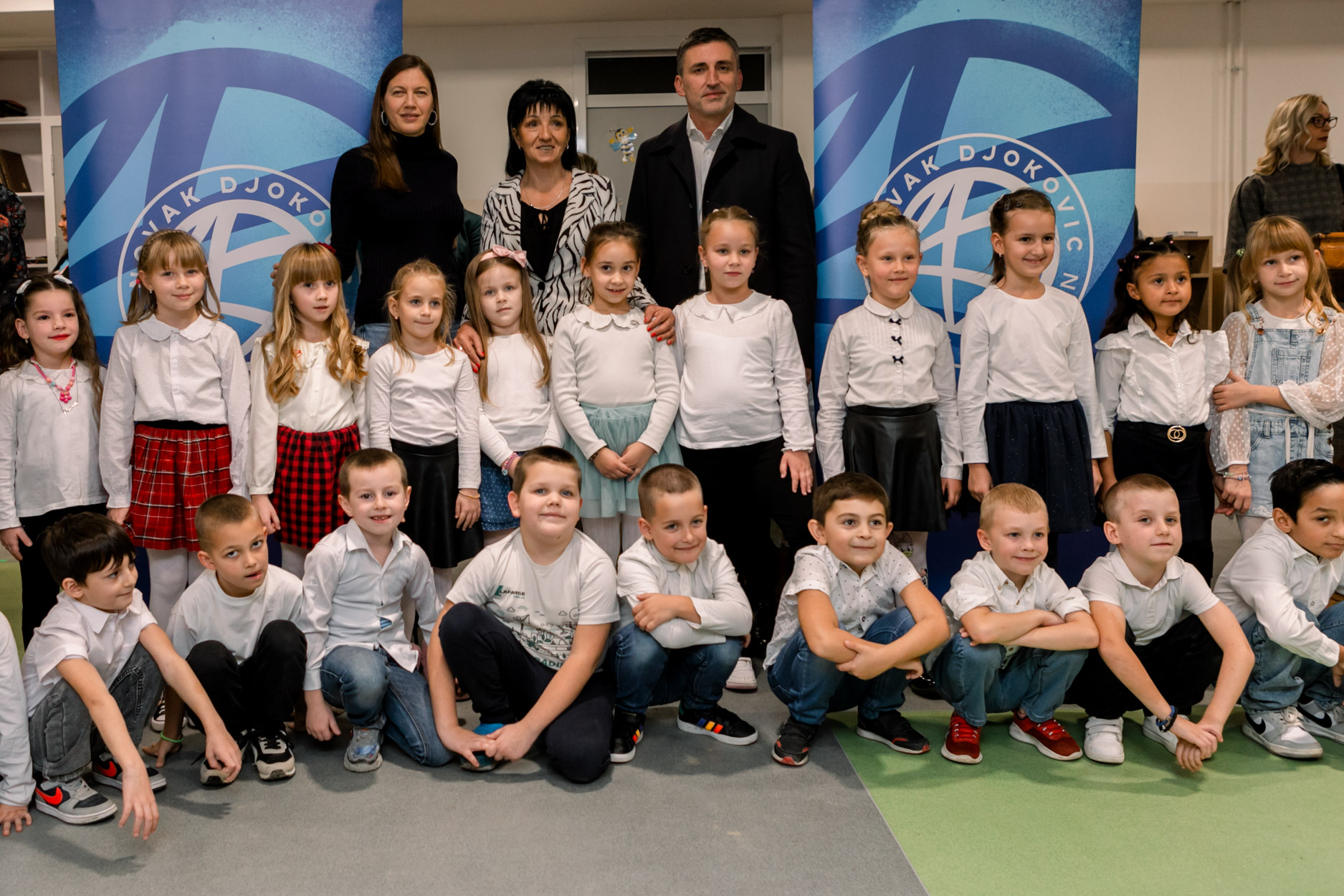For over 2,000 years the issues of „why“ and „how“ to teach young children have engaged philosophers, psychologists and educators seeking to discover universal laws of child development.
Early childhood education is an important step in educating young minds and offering stimulating opportunities for exploring and learning. Those who contributed to the discipline of early childhood education came from occupations and professions outside the academic domain. What they had in common was an understanding of children. And that is what makes early childhood education unique; it starts with the child and not with the subject matter.
Historical Foundations of Early Childhood Education
Early childhood education has roots that reach far back into history. For over 2,000 years the issues of „why“ and „how“ to teach young children have engaged philosophers, psychologists and educators seeking to discover universal laws of child development.
- Plato (428-348 BC), a leading Greek philosopher, believed all children were born with a defined amount of knowledge, and that education served to ‘remind’ them of this inherent understanding of the world, and help them use it in their everyday lives. Plato viewed play as a form of anticipatory socialization. If children were to become builders, he suggested, they should play at building houses. The teacher’s role was to try to direct children’s inclinations and pleasures through play towards their final aim in life.
- Quintilian (AD 35-95), educator in the new Roman empire, was also an advocate for play, and encouraged parents to choose their children’s tutors and nurses with great care, emphasizing learning through imitation rather than intimidation.
- Martin Luther (1483-1546) was a keen advocate of universal education, and believed both boys and girls should be educated to read independently so that they could have access to the Bible, instead of relying on verbal retelling. He believed the school’s role was to educate the intellectual, religious, physical, emotional, and social aspects of children.
- John Amos Comenius (1592-1670) published what many consider to be the first picture book dedicated to the education of young children. Comenius believed all children to age 6 should be taught in their native languages. He was also the first to introduce the concept of „grades“, or different levels of education determined by each individual child’s age and developmental stage.
- John Locke (1632-1704) developed the theory (known as „Tabula Rasa“, or „Blank Slate“) that children come into the world with an empty mind, and that knowledge and learning is received through experience and converted to understanding through reasoning. Locke strongly believed in „nurture“ over „nature.“ This belief led him to emphasize the idea of early education and changes in parental care, such as allowing young children to explore their world physically without restraint and the use of gentle forms of discipline. He emphasized respectful, loving relationships as the best way for adults to inspire the child to replicate their behaviours, and that learning should be fun, not a task to be imposed.
- Jean Jacques Rousseau (1712-1778) was a French writer, philosopher, and social theorist. His belief in the innate goodness of children led him to propose early schooling that enabled children to direct their own activities, free from the constraints imposed by „society“. He also believed education should begin at birth and continue well into adulthood, emphasizing the differences between the minds of children and adults, and adjusting educational methods accordingly. According to Rousseau, children learned best by experiencing and exploring their environments. This idea is still incorporated into ECE programs today. Such child-centred education, emphasizing activity and the use of senses, was thought to foster the development of each child’s moral and intellectual potential.

- Most of us probably think of kindergarten when we consider early childhood education. We can thank Friedrich Froebel (1782 – 1852), a German educator who created kindergarten in Germany in 1837, for that. Froebel’s idea was born out of the desire to socialize young children and to expose them to an education in science, music, and language outside the home. Following Rousseau’s philosophy, Froebel advocated respect for young children’s needs and the importance of sensory training. He promoted the importance of play as the educational „medium“ through which children could reach their intellectual and emotional potentials. Suggesting that children progress through different age-related „phases“, he proposed that certain materials, or „gifts“, be incorporated into the kindergarten curriculum to correspond with these phases, hence enhancing development. This notion of appropriate „match“ has been the cornerstone of many contemporary early education programs.
- Maria Montessori (1870-1952), Italy’s first woman physician, continued the Froebelian tradition within a different context. Concerned with the welfare of young, poor urban children in Italy, she established her „children’s houses“ in Rome in 1907. Like Froebel, Montessori implemented an early education curriculum that was founded on a developmental theory, employed play as the instructional method, and introduced developmentally appropriate materials designed to facilitate sensory and cognitive skills. Her method, which like kindergarten also spread throughout the world, was child-centered and child-directed, meaning that individual students learn based on what they are interested in at the time.
Approaches and Teaching Methods in ECE Today
The Montessori Method – Self-Directed Learning
In a Montessori classroom, the main interaction is between the child and the materials, not between the teacher and the child. Initially, the teacher demonstrates the proper use of each set of materials, after which children may work on them individually or in small groups. The teacher’s role in a Montessori school is to observe in order to connect the child with the suitable materials. Children learn through experience, by observing and doing. They practice life skills like buttoning, zipping, cutting, and gardening, enabling children to care for themselves as well as their environment. Learning in the Montessori classroom is cumulative, constantly building on what was learned prior. Activities are primarily individual, and children move around the classroom freely, choosing their own activities. The emphasis is on self-directed learning; children pursue their own interests at the pace that best suits them, rather than moving through teacher-led lessons as a group. Children develop respect for each other and their classroom, placing items back on shelves before reaching for new ones. Their work is taken seriously, and not regarded as play.
The High/Scope Program – Plan-Do-Review Process
High/Scope was founded in 1970 and emerged from the work Dave Weikart and Connie Kamii did on the Perry Preschool Project. High/Scope provides broad, realistic educational experiences geared to children’s current stages of development, to promote the constructive processes of learning necessary to broaden emerging intellectual and social skills. In a High/Scope classroom, students are engaged in learning ‘centers’, including building, dramatic play, math, reading, music, writing, art, science, and motor development. A typical day would demonstrate a three-part process: „Plan-Do-Review.“ Beginning with planning, the class and teacher discuss and create plans for a certain play period. Children go about their various activities, (Do) while teachers observe and offer support. The „review“ process takes place after the play period, where students and teachers gather to discuss what they have found. This helps children understand their own actions, and enables connections between action and language. Children’s work is proudly displayed on the walls of the classroom.
Waldorf Schools – Hands-On Exploration
Developed by Rudolf Steiner (1861-1925) in 1919, Waldorf programs aim to educate the whole child „” „head, heart, and hands.“ Children in Waldorf schools are allowed to remain ‘childlike’, under the belief that there is a time for every aspect of development, and that children ought not to receive formal education until after the age of 7. Learning is hands-on, achieved through cooking, art projects, storytelling, singing, puppet shows, dress-up, and play. The teacher stays with the same group of children from preschool through eighth grade. The focus in the Waldorf classroom is on sensory exploration and self-discovery rather than formal instruction and merit, helping children develop a sense of compassion and responsibility. The use of electronic media, especially TV, by young children is discouraged in Waldorf schools.
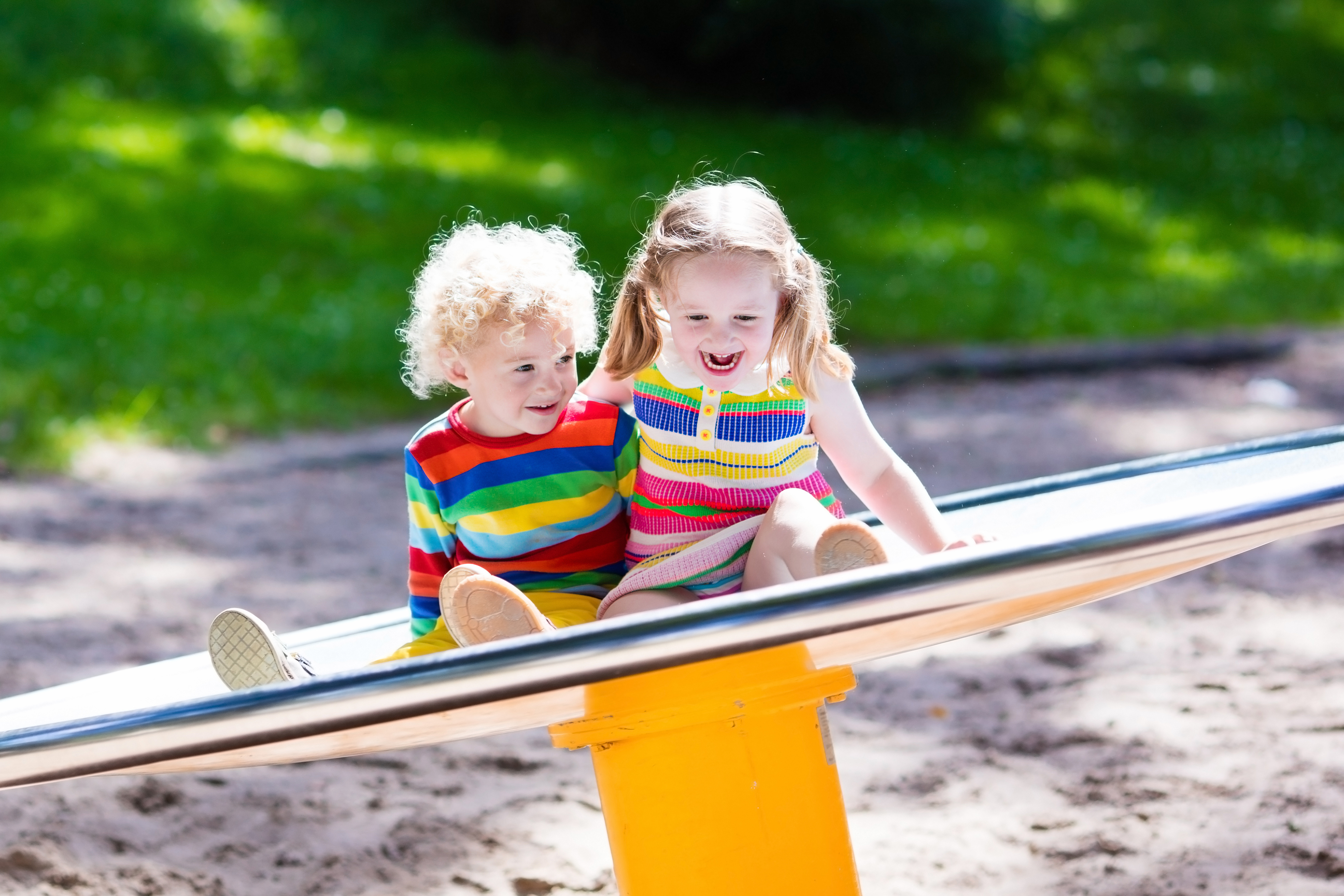
Reggio Emilia Schools – Classroom as the „Third Teacher“
Loris Malaguzzi (1920-1994) founded the Reggio Emilia approach at the Italian city of the same name. The Reggio approach fosters intellectual development through a focus on symbolic representation. The primary curriculum is in-depth project work based on the interests of the children. Children are encouraged to express themselves through ‘natural languages’, including drawing, painting, working in clay, sculpting, constructing, conversing, and dramatic play. In a Reggio Emilia school, educators pay close attention to the look and feel of the classroom, which is often referred to as the „third teacher.“ The goal is to create a room that is beautiful, joyful, inviting, and stimulating. Teachers document the children’s discussions, remarks, and activities through notes, videos, and photographs. This makes learning visible and helps parents to understand what their children are learning; teachers get to know the children better; and children see that their work is valued.
Bank Street Approach – Learning by Doing
John Dewey (1859-1952) and his theory of „˜learning by doing’ influenced this developmental approach. The focus of Bank Street preschools is on a child’s mental, social, emotional, and physical growth. In these programs, the child is an active learner and gains knowledge about the world through experience. Students set the learning pace, and the teacher serves as a guide. Bank Street approach teaches lessons through hands-on activities, such as building blocks, puzzles, clay, and dramatic play.
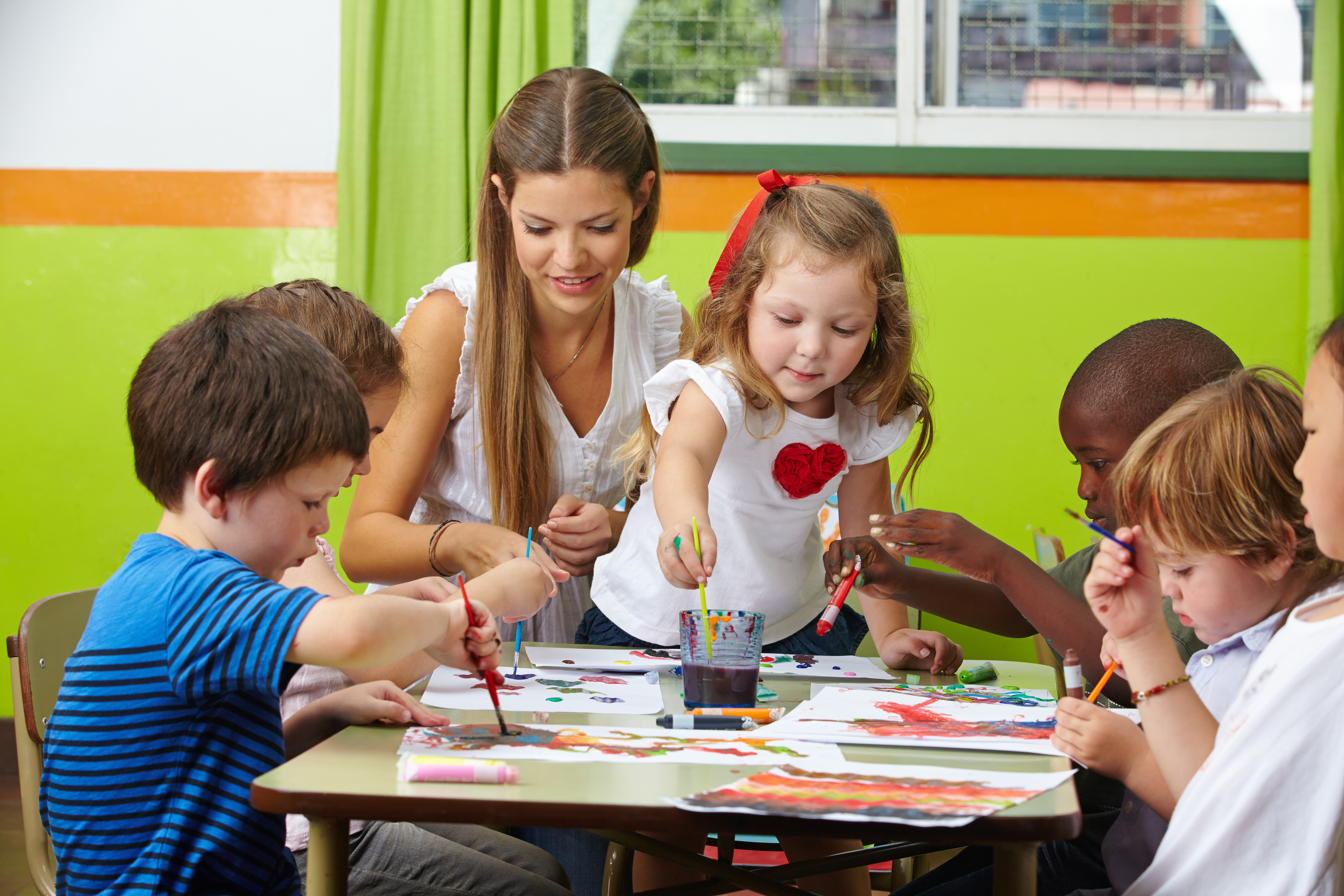
Which Educational Philosophy Is Best?
As the preschool options seem endless, many parents wonder if they will ever be able to choose a program that is a good match for their child. Here are some guidelines to help them in the process:
- Carefully consider your child’s personality and learning style before investigating the options. After all, you know your child best.
- Research the various types of programs available, and make the selection of those that best fit your child’s needs.
- Visit each type of school and then try to determine the program that feels right for your child and family.
What type of ECE program do your kids attend? How did you choose your child’s preschool? Share with us your thoughts and experience.






